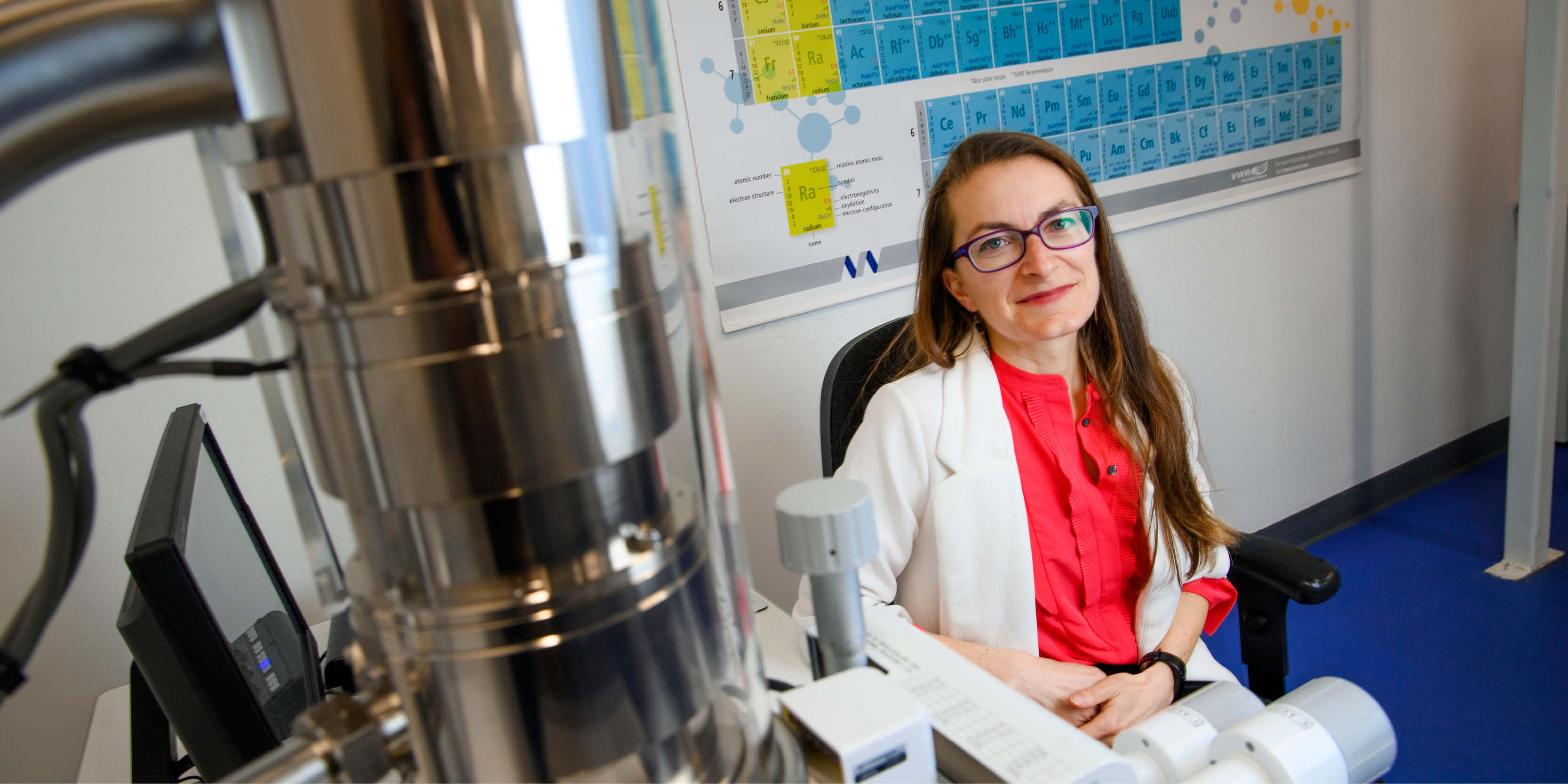In This Section
- Home
- About the College
- Governance
- College Committees & Steering Groups
- College Assembly
- College Council
- College Executive Management Committee
- College Academic Programmes and Curriculum Development Committee
- College Graduate Studies Committee
- College Research & Innovation Committee
- College Teaching Learning and Student Experience Committee
- College Student Recruitment and Outreach Committee
- College Sabbatical Research Leave Committee
- College of SEFS Adjunct Appointments Committee
- International Education Committee
- College Postgraduate Student Committee
- Athena SWAN Steering Group
- College Committees & Steering Groups
- Human Resources
- UCC STEM Awards
- Scholarships and Prizes
- Women in STEM Panel Talks
- Inaugural Professorial Lectures
- Athena SWAN in SEFS
- Proposal Calls
- Contact Us
- Science in Society Public Lecture Series
- Governance
- News
- Staff
- Schools and Departments
- Current Students
- Undergraduate Courses
- Postgraduate Courses
- International Students
- Research and Innovation
- Employability and Careers
- Outreach and Public Engagement
- Science Week
- Transition Year Programmes
Pterosaur discovery solves ancient feather mystery

UCC research has discovered remarkable new evidence that pterosaurs, the flying relatives of dinosaurs, were able to control the colour of their feathers using melanin pigments.
An international team of palaeontologists has discovered remarkable new evidence that pterosaurs, the flying relatives of dinosaurs, were able to control the colour of their feathers using melanin pigments.
The study, published in the journal Nature, was led by UCC palaeontologists Dr Aude Cincotta and Prof. Maria McNamara and Dr Pascal Godefroit from the Royal Belgian Institute of Natural Sciences, with an international team of scientists from Brazil and Belgium.
The new study is based on analyses of a new 115 million year old fossilized headcrest of the pterosaur Tupandactylus imperator from north-eastern Brazil. Pterosaurs lived side by side with dinosaurs, 230 to 66 million years ago.
This species of pterosaur is famous for its bizarre huge headcrest. The team discovered that the bottom of the crest had a fuzzy rim of feathers, with short wiry hair-like feathers and fluffy branched feathers.
“We didn’t expect to see this at all”, said Dr Cincotta. “For decades palaeontologists have argued about whether pterosaurs had feathers. The feathers in our specimen close off that debate for good as they are very clearly branched all the way along their length, just like birds today”.
The team then studied the feathers with high-powered electron microscopes and found preserved melanosomes – granules of the pigment melanin. Unexpectedly, the new study shows that the melanosomes in different feather types have different shapes.
“In birds today, feather colour is strongly linked to melanosome shape.” said Prof. McNamara. “Since the pterosaur feather types had different melanosome shapes, these animals must have had the genetic machinery to control the colours of their feathers. This feature is essential for colour patterning and shows that coloration was a critical feature of even the very earliest feathers.”
Thanks to the collective efforts of the Belgian and Brazilian scientists and authorities working with a private donor, the remarkable specimen has been repatriated to Brazil.
“It is so important that scientifically important fossils such as this are returned to their countries of origin and safely conserved for posterity” said Dr Godefroit. “These fossils can then be made available to scientists for further study and can inspire future generations of scientists through public exhibitions that celebrate our natural heritage”.
College of Science, Engineering and Food Science
Coláiste na hEolaíochta, na hInnealtóireachta agus na hEolaíochta Bia
Contact us
Block E, Level 3, Food Science Building, UCC, Cork, T12 YN60.
